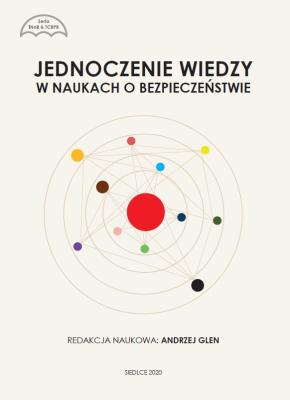Modelowe interpretacje komunikowania w środowisku bezpieczeństwa
Streszczenie
The process of making model interpretations of communication related to the context of the threat is theoretically and practically essential. An attempt to make such interpretations creates a chance to build a model that allows identifying key elements of an individual's behavior in an emergency context. The creation of such models makes it possible to build conceptualizations for the effective management of the activities of individuals and groups in the conditions of modern reality. Description and analysis of communication process models should relate to classical models derived from information theory. Based on the concept of interaction and interpersonal transaction it would be useful to interpret models that show the specificity of communication relations. Additionally, the model of general system theory has many useful constructs and interpretations. Analysis of the structure and dynamics of the communication process is an element of interpretation particularly significant in the context of an individual’s reaction to security threat. The interpreted model indicates the key factors regulating the communication process in non-standard and threatening conditions. In such contexts, the efficiency of sending and receiving meta messages is crucial, together with smooth turn-taking in communicative actions. Communicative intentions and the right choice of communication means are also important. Hazard conditions may cause a modification in the accuracy of verbal and non-verbal communication behavior. They can also cause disorders in the communication mechanisms of the participants. This is especially likely in conditions of competition and aggression when the effectiveness of actions can be affected by emotional factors.
Pobrania
Zapowiedzi
Licencja

Utwór dostępny jest na licencji Creative Commons Uznanie autorstwa – Użycie niekomercyjne 4.0 Międzynarodowe.





